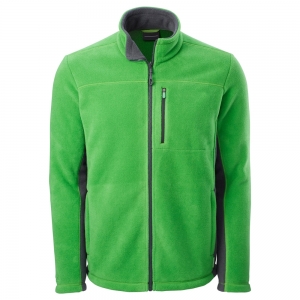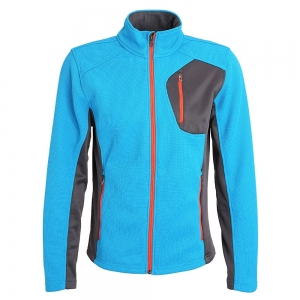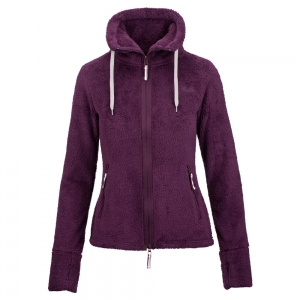Coats can be produced using different materials, and the decision of material frequently relies upon the planned use, environment, and individual inclinations. Here are a few normal materials utilized in coats

Cotton: Cotton coats are breathable and agreeable. They are reasonable for gentle atmospheric conditions yet may not give adequate protection in colder temperatures.
Polyester: Polyester is a manufactured texture known for its solidness and protection from kinks and contracting. It is in many cases utilized in outside coats, including precipitation coats and jackets.

Nylon: Nylon is another manufactured material that is lightweight, water-safe, and sturdy. Nylon coats are usually utilized for outside exercises and can give security contrary to the natural flow and light downpour.
Fleece: Fleece coats are known for their glow and regular protection properties. They are regularly utilized in colder environments and can hold heat in any event, when wet.

Cowhide: Calfskin coats are beautiful and strong. They are frequently utilized for design purposes yet can likewise give some assurance against the components.
Down: Down coats are loaded up with the delicate, fleecy quills tracked down under the external plumes of ducks and geese. They are magnificent encasings and are lightweight, giving warmth without adding a lot of mass.
Gore-Tex: Butchery Tex is a breathable and waterproof material frequently utilized in elite presentation outside coats. It permits dampness to escape while keeping water out, making it appropriate for different atmospheric conditions.
Downy: Wool coats are produced using engineered materials or a mix of manufactured and normal strands. They are delicate, lightweight, and give protection, making them reasonable for cool climate.
Softshell: Softshell coats join the adaptability of a stretchy texture with water opposition and breathability. They are usually utilized in open air exercises where opportunity of development is fundamental.

Specialized Textures: A few coats utilize progressed specialized textures with explicit properties, for example, dampness wicking, UV security, or antimicrobial elements.
It’s critical to consider the planned utilization of the coat and the common weather patterns while picking the material. Moreover, progressions in material innovation keep on presenting new materials and mixes with improved execution attributes.
